Efforts toward Image Recognition Technology Using AI
- Methods for Reading Device Information -
- Kohei Takada
- Tadashi Nakayama
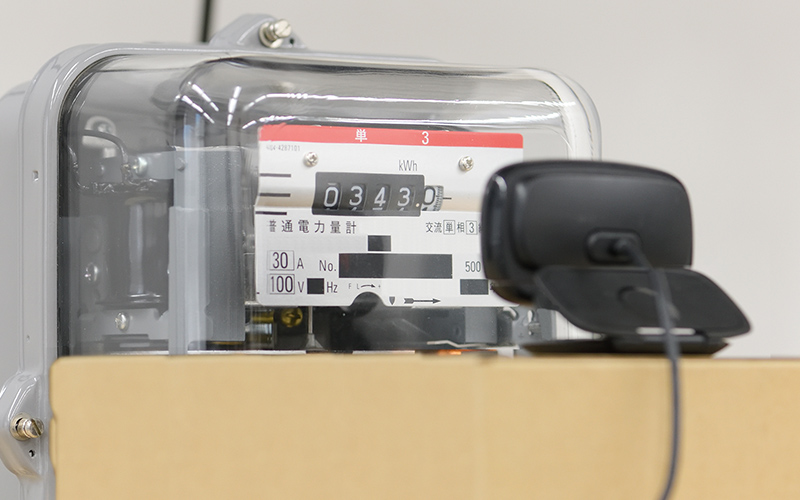
In recent years, various organizations have been actively conducting research on AI with the aim of introducing it in business and daily life. For example, there are anomaly detection, predictive maintenance for manufacturing devices in plants, and initiatives for automatic operation of automobiles.
TAKAOKA TOKO has been working on the use of AI to improve operational efficiency and expand services for customers. Specifically, we are considering the use of this technology for more efficient product manufacturing and inventory management, as well as for predictive maintenance that predicts product failures in advance.
This time, we will introduce an attempt to automatically recognize and form the content written on product nameplates and management stickers using AI-based image recognition technology.
Technology
Selection of AI technology suitable for product management by image recognition and its application to algorithms
"Machine learning" and "deep learning" are available as elemental technologies of AI. "Deep learning" is a part of "machine learning" and is its advanced form, but each has advantages and disadvantages, and it is necessary to select appropriately according to the purpose.
This time, we used an "object detection algorithm" that uses "deep learning" and a "marker detection algorithm" that uses "machine learning". The "object detection algorithm” detects arbitrary object areas in an image. By detecting the area where the information to recognize is written and then by performing character recognition, etc., on that area, misrecognition of the background or patterns is prevented, and the recognition accuracy is improved. The "marker detection algorithm" detects markers of a specific shape in an image. By using the "marker detection algorithm" to limit the detection range of the "object detection algorithm", it is possible to further reduce misrecognition and improve the detection accuracy of the "object detection algorithm."

Profile
-
 Kohei TakadaTechnology Development Division
Kohei TakadaTechnology Development Division
Research and Development Center
ICT Technology Group -
 Tadashi NakayamaTechnology Development Division
Tadashi NakayamaTechnology Development Division
Research and Development Center
ICT Technology Group
Deputy section manager
Recognition of nameplates and management stickers of electricity meters using AI
Takada:TAKAOKA TOKO is working to improve operational efficiency and implement preventive maintenance using AI. It is my fourth year at the company. Since the second year, I have been involved in the research on the use of AI. This time, we tried to recognize product information by image-recognition using AI with the aim of management work efficiency of products (auto-recognition and bookkeeping of product information). The target of image recognition was our products such as electricity meters and product management stickers, and we used "machine learning" and its advanced form "deep learning" for AI.
Nakayama:"Machine learning" and "deep learning" make AI learn data, performing prediction and recognition based on that data. "Machine learning" is further divided into "supervised learning" and "unsupervised learning." "Supervised learning" is a method of creating a set of pre-collected data and answers to it and giving it to AI. When AI is given data, it learns to output the corresponding answer. On the other hand, "unsupervised learning" is a method for analyzing a large amount of data that does not have an answer and knowing the essential structure of the data, and is used for big data analysis. This time, we used "supervised learning."
Takada:Since "deep learning" abstracts data to a higher degree than "machine learning" and learns by extracting features, high versatility and recognition/prediction performance can be expected. However, a high level of data abstraction requires more data, which is also a weakness of "deep learning."
On the other hand, there are methods such as data padding that intentionally adds noise to the data, transfer learning that uses the results of learning with other data, and fine tuning. These methods are also used this time.
Nakayama:We have considered AI that detects the area where information is written from the nameplate of the power meter using "deep learning" and "machine learning." As a result, the "object detection algorithm" of "deep learning" achieved a reliability of 90% or more. We also considered an "object detection algorithm" based on "machine learning," but it was not possible to deal with minor differences such as the shooting angle and lighting. The advanced abstraction of data by "deep learning" has the feature of being able to absorb such differences, leading to the detection of highly reliable areas.
Takada:On the other hand, we came to the conclusion that we should combine "machine learning" and "deep learning" for management stickers. The QR code of management sticker is used as a "marker," and it is detected by the "marker detection algorithm" of "machine learning." By using the results, it is possible to limit the range of area detection by the "object detection algorithm" of "deep learning," so it was possible to reduce the false detection of the area due to the background.

Efforts to learn the unknown field of AI and connect it to new businesses
Nakayama:We don't have any employees who have been working with AI for many years, and AI itself is not a highly established technology that consistently produces definite results. Therefore, regardless of age, everyone in our group begins by learning about AI from scratch. We hold group-wide seminars on AI and participate in external seminars. We research products, technologies, papers, etc., related to AI that are announced daily. Each member involved in AI research is assigned a theme and is working on it. We report on the status of each theme about once a week and exchange opinions.
Takada:When we introduce AI into our company, there is also a vague sense of hope that "AI will solve problems." However, in order to successfully utilize AI and introduce it on a full-scale, it is necessary to clear various issues such as collecting the necessary data and setting appropriate goals. In order to convey such information, we are making efforts such as presenting the information at an in-house conference held about twice a year.
We are working with the idea that the introduction of AI will lead to the improvement of internal work efficiency and the reduction of routine work. People make a mistake, which is the same for repeated simple tasks. We aim to create an environment where AI can do the work that can be entrusted to AI, and humans can concentrate on more creative work that only humans can do.
Nakayama:There is a possibility that we may end up with a so-called PoC (Proof of Concept), where we introduce a little bit of AI as a trial. We have never had a long history of AI, but we have the advantage of being close to our in-house field and product developers. Taking the advantage of that, we aim to improve operational efficiency and apply it to products in cooperation with the company so that it does not stop with PoC. Furthermore, I would like to develop unique products and services that utilize AI and connect them to new businesses.

Latest articles
-
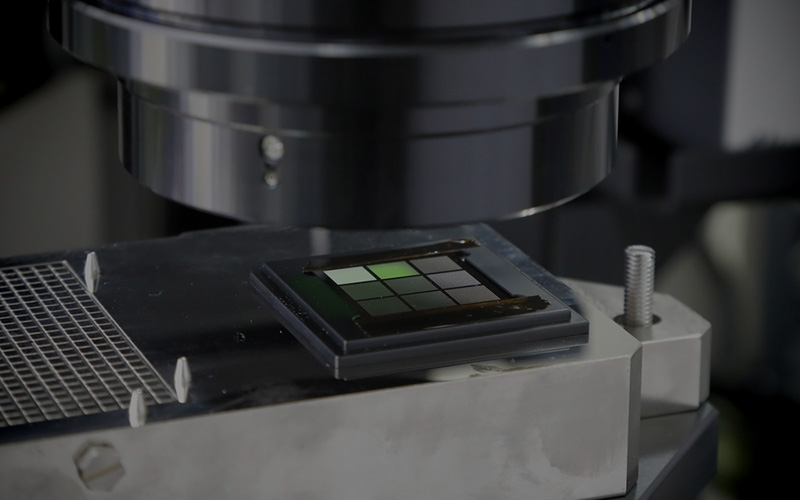 interviewThe confocal surface shape measurement system for semiconductor reliabilityIt is no exaggeration to say that semiconductors are used in everything supporting our lives and industry in modern society. Examples include smartphones, home appliances, and industrial products in various fields.
interviewThe confocal surface shape measurement system for semiconductor reliabilityIt is no exaggeration to say that semiconductors are used in everything supporting our lives and industry in modern society. Examples include smartphones, home appliances, and industrial products in various fields. -
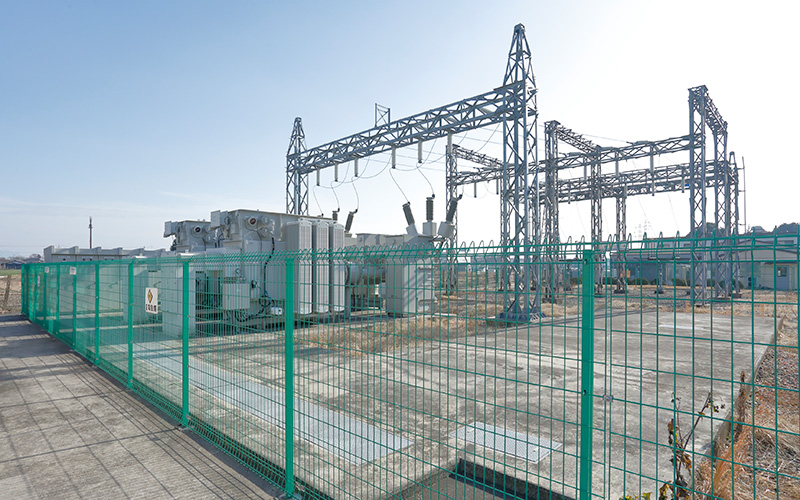 interviewImplementation of a Sensor Solution for Substation DigitalizationGlobal energy prices remain at high levels. The presumed cause is the imbalance between energy supply and demand due to recovery in economic activity from the spread of COVID-19, unseasonable weather, disasters, Russia's invasion of Ukraine, and other factors. The soaring energy prices naturally have an impact on the electricity sector, putting not only ordinary households but also electricity suppliers, or electric power companies, in a difficult situation. Power companies are being forced to cut costs to keep power prices down.
interviewImplementation of a Sensor Solution for Substation DigitalizationGlobal energy prices remain at high levels. The presumed cause is the imbalance between energy supply and demand due to recovery in economic activity from the spread of COVID-19, unseasonable weather, disasters, Russia's invasion of Ukraine, and other factors. The soaring energy prices naturally have an impact on the electricity sector, putting not only ordinary households but also electricity suppliers, or electric power companies, in a difficult situation. Power companies are being forced to cut costs to keep power prices down. -
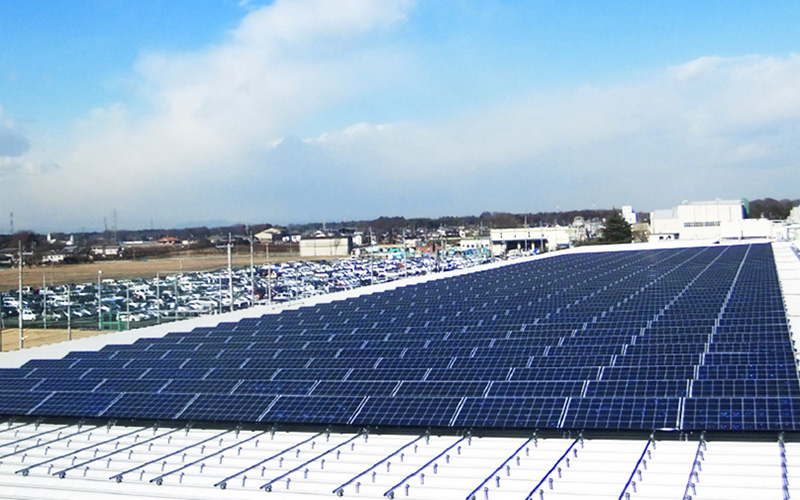 interviewDevelopment of Techniques for Solar Power Generation Prediction Using AIIn order to promote carbon neutrality, the use of renewable energy that doesn't emit CO2 is expanding.Among renewable energy resources, solar power generation is an important one which will continue to grow in popularity.
interviewDevelopment of Techniques for Solar Power Generation Prediction Using AIIn order to promote carbon neutrality, the use of renewable energy that doesn't emit CO2 is expanding.Among renewable energy resources, solar power generation is an important one which will continue to grow in popularity. -
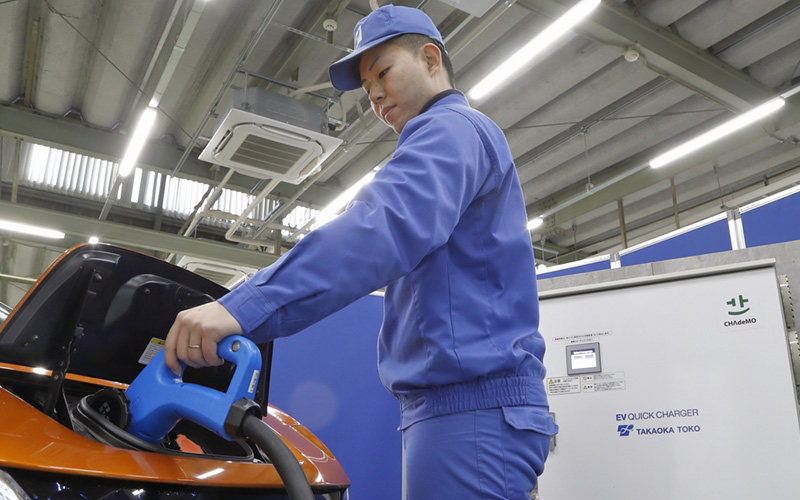 interviewDevelopment of Medium-Capacity Quick Charger for Electric VehiclesIn anticipation of expansion of EV charging infrastructure in Japan, where the EV shift is accelerating, we worked on the development of the “medium-capacity quick charger (B11)” as a charger that meets the needs for intermediate chargers between normal chargers and quick chargers. This article introduces the features of the product, ingenuity in the development process, and our future vision.
interviewDevelopment of Medium-Capacity Quick Charger for Electric VehiclesIn anticipation of expansion of EV charging infrastructure in Japan, where the EV shift is accelerating, we worked on the development of the “medium-capacity quick charger (B11)” as a charger that meets the needs for intermediate chargers between normal chargers and quick chargers. This article introduces the features of the product, ingenuity in the development process, and our future vision.
